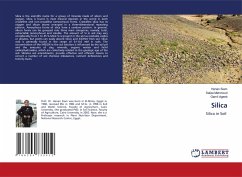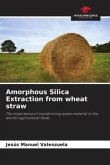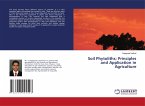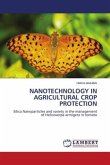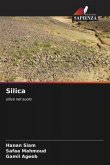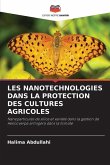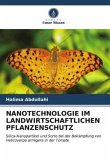Silica is the scientific name for a group of minerals made of silicon and oxygen. Silica is found in most mineral deposits in the world in both crystalline and non-crystalline (amorphous) forms. Crystalline silica has its oxygen and silicon atoms arranged in a three-dimensional repeating pattern. Amorphous forms of silica have a random pattern. In general, silicon forms can be grouped into three main categories, namely; total, extractable (amorphous) and soluble. The amount of Si in soil may vary considerably from 1 to 45 % Most Si is present in the soil as insoluble oxides or silicates, but plants can easily absorb Silicic acid Si(OH)4 from soil. Silicic acid is generally found in the range of 0.1-0.6 mM in soils. The concentration of the H4SiO4 in the soil solution is influenced by the soil pH and the amounts of clay, minerals, organic matter and Fe/Al oxides/hydroxides, which are collectively related to the geologic age of the soil. Silicates soil amendments, provide effectiveand efficient means to correct a number of soil chemical imbalances, nutrient deficiencies and toxicity issues.

